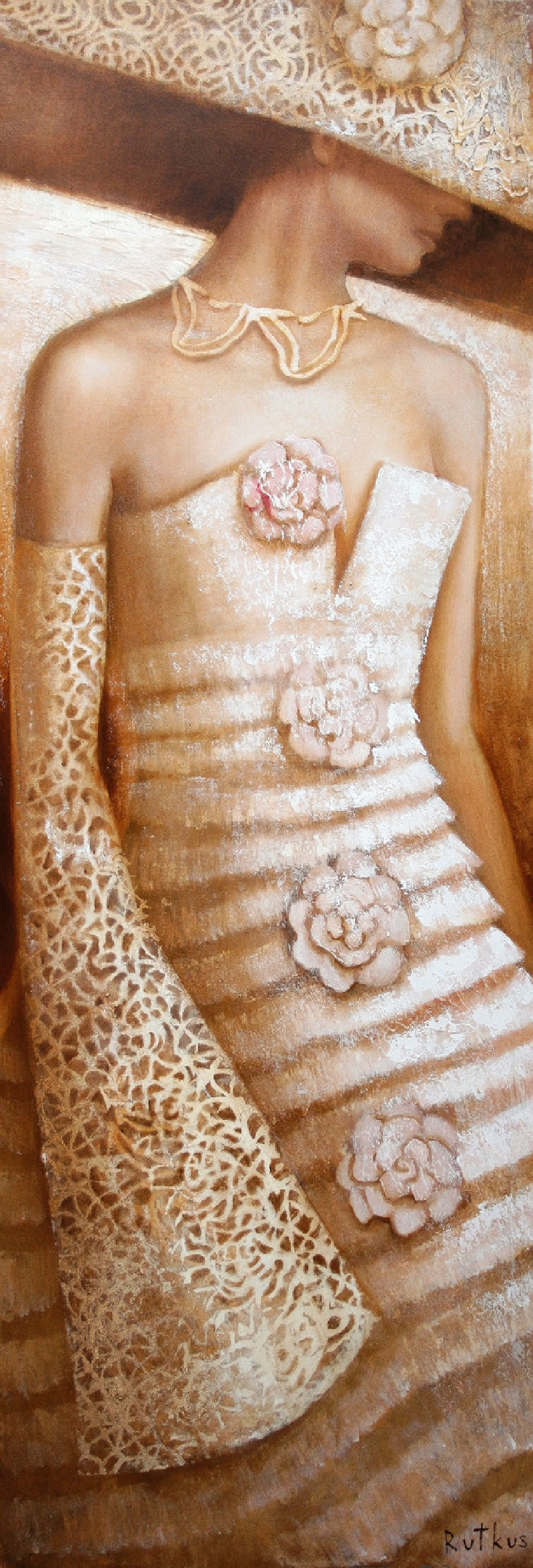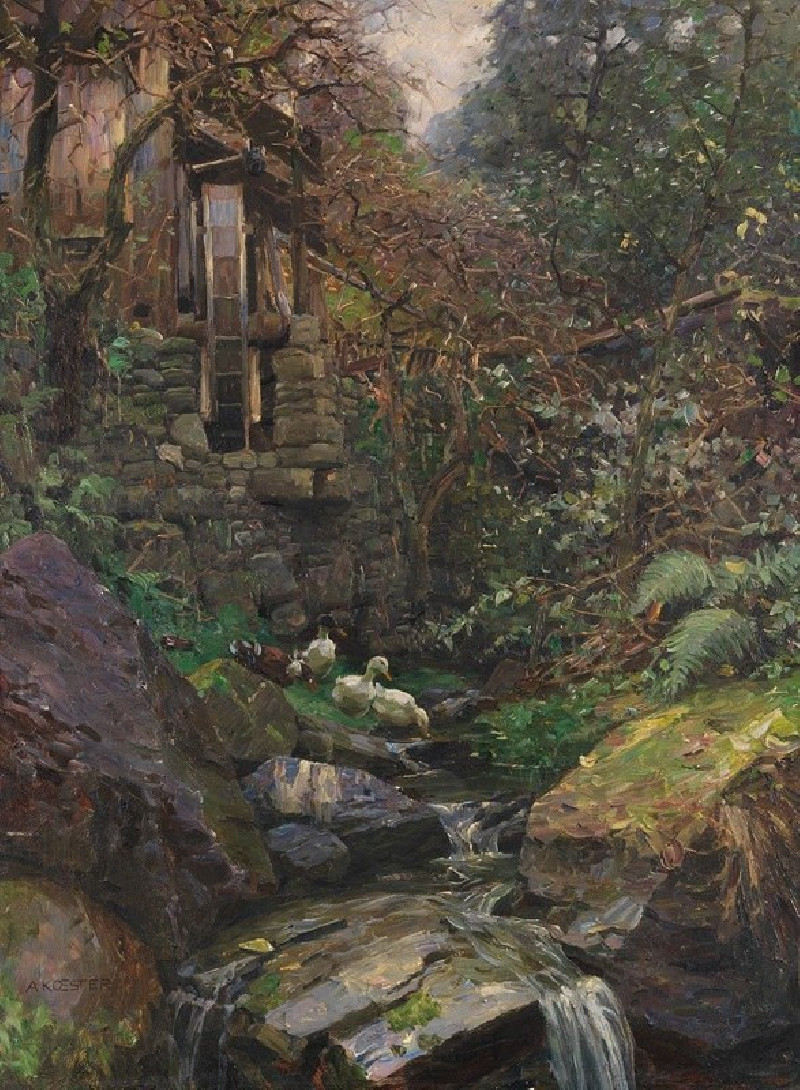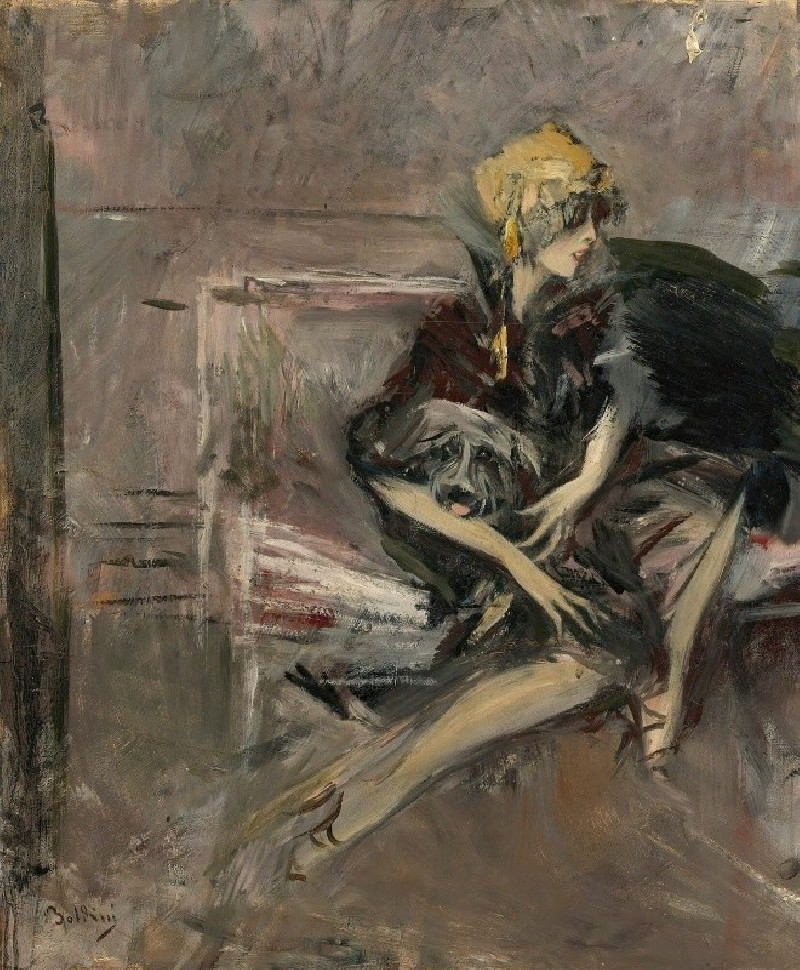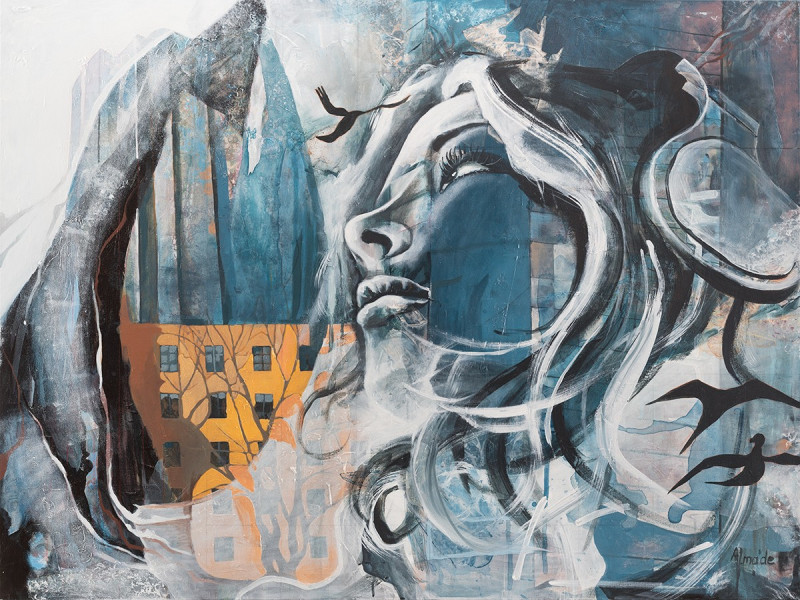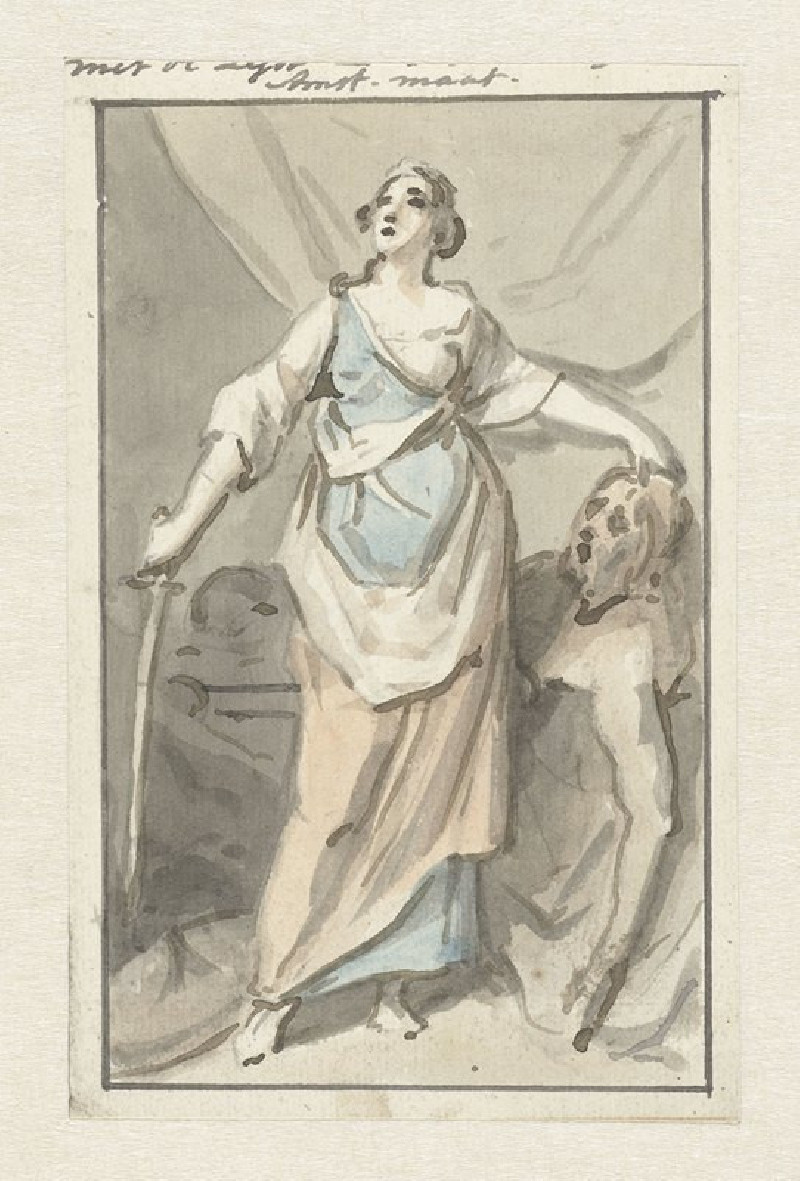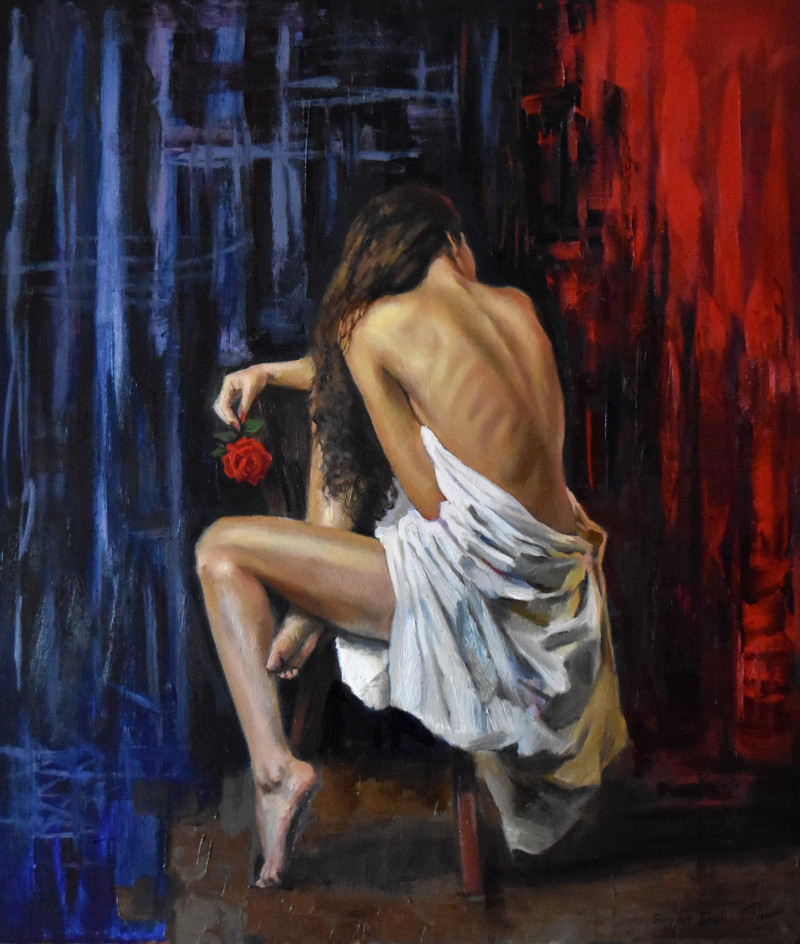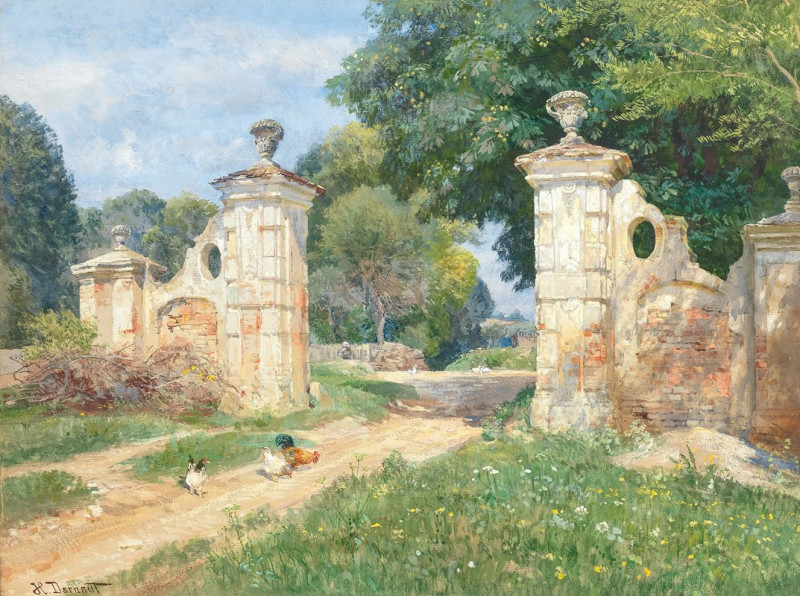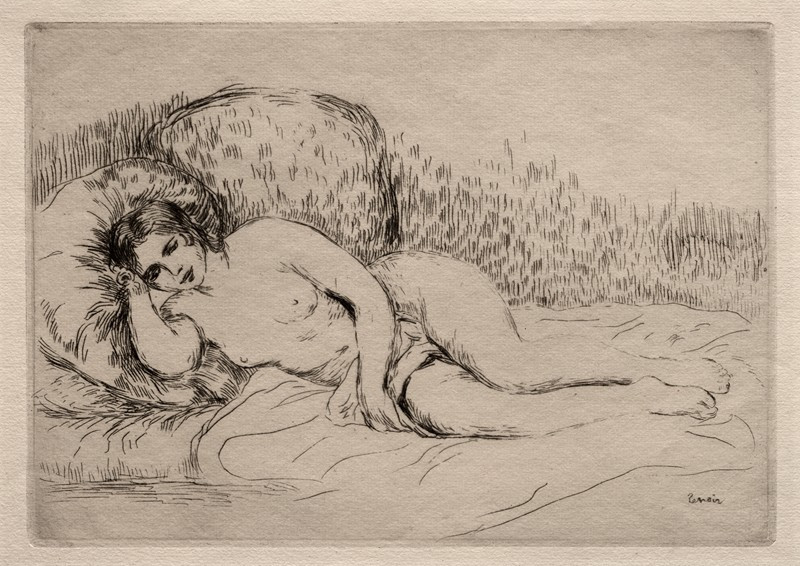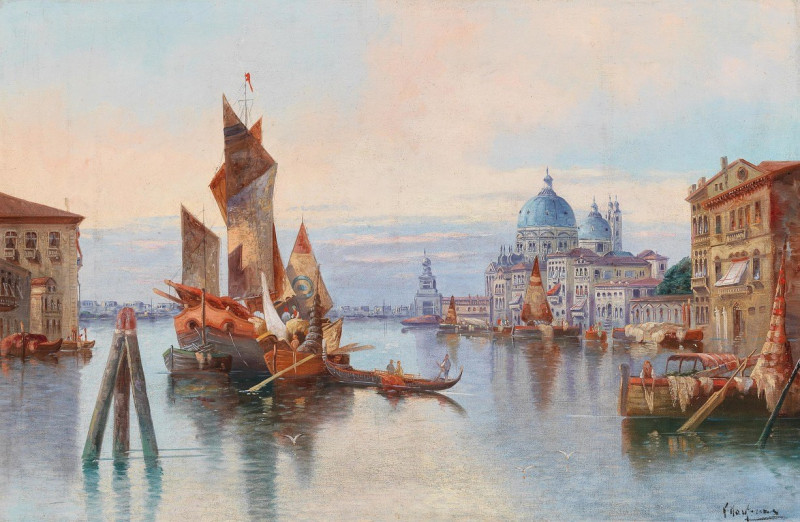Ohne Titel II (1942)
Technique: Giclée quality print
Recommended by our customers
More about this artwork
Karl Wiener's "Ohne Titel II," crafted in 1942, is a compelling piece that engages the viewer with its intense expression and chaotic composition. This charcoal on paper captures a scene brimming with dynamic energy and a sense of unrest. At the center of the composition stands a figure, arms raised, one hand dramatically extended upwards as if in a plea or to grasp something beyond reach. The figure’s facial expression is harrowingly dramatic, conveying anguish or profound bewilderment.Surrounding the figure is a tumultuous swirl of abstract and geometric forms, suggestive perhaps of debris or the disarray of the external world. The use of chaotic lines and overlapping shapes around the central figure might symbolize the turmoil and confusion engulfing the individual. This could be an artistic reflection on the era's socio-political upheaval, echoing the broader turmoil of the 1940s' global landscapes.The monochromatic palette adds to the work's gravitas and highlights Wiener's skill with shading and texture, making "Ohne Titel II" not just a visual, but an emotional experience.
































